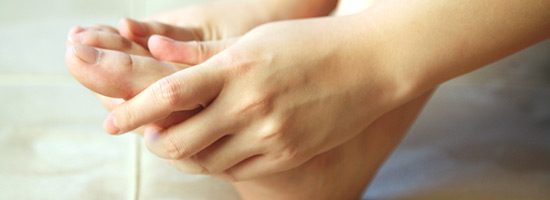
Understanding Peripheral Artery Disease
Peripheral artery disease, also known as PAD, affects approximately eight to 12 million Americans. PAD is the result of plaque buildup in the arteries of the lower extremities, which decreases blood flow to the legs and feet. Individuals with peripheral artery disease have a higher incidence of heart attack and stroke. PAD and diabetes are also leading causes of leg and foot amputations.
PAD Risk Factors
Lifestyle factors and certain health conditions can increase your likelihood of developing peripheral artery disease, including:
- Smoking
- A lack of physical activity
- Being overweight
- Diabetes
- High cholesterol
- Hypertension
Symptoms of PAD
The most common symptoms of peripheral artery disease include tiredness, pain, or fatigue when walking that goes away with rest. This discomfort, referred to as claudication, is typically felt in the buttocks, thighs, or legs. Some patients experience pain in their toe or foot that may interfere with sleep. Poor circulation may also lead to the development of skin wounds or ulcers on the legs or feet that are slow to heal.
Diagnosing PAD
The test to diagnose PAD is simple and non-invasive. A podiatrist can perform an ankle-brachial index, or ABI, that compares the blood pressure in your arms to the blood pressure in your ankle. An abnormal ABI indicates the presence of PAD. The podiatrist may then order additional tests to determine the extent and severity of the circulation problem.
Treating PAD
You should never ignore symptoms of PAD. The condition will not resolve on its own, and early treatment can slow the progression of the disease and reduce the risk of complications. A podiatrist can recommend a number of conservative treatment options, including:
- Advice on smoking cessation options
- Medication and lifestyle changes to control blood pressure, lower cholesterol, and manage diabetes
- A healthy diet and exercise regimen
- Medications to reduce the risk of blood clots
Surgical Treatment Options
In some cases, the circulation may be so impaired that the podiatrist may recommend surgery to restore adequate blood flow. Endovascular procedures, such as angioplasty or stents, may be used to remove plaque and reopen the artery. A peripheral artery bypass may also be used to reroute the blood flow around the blockage.













